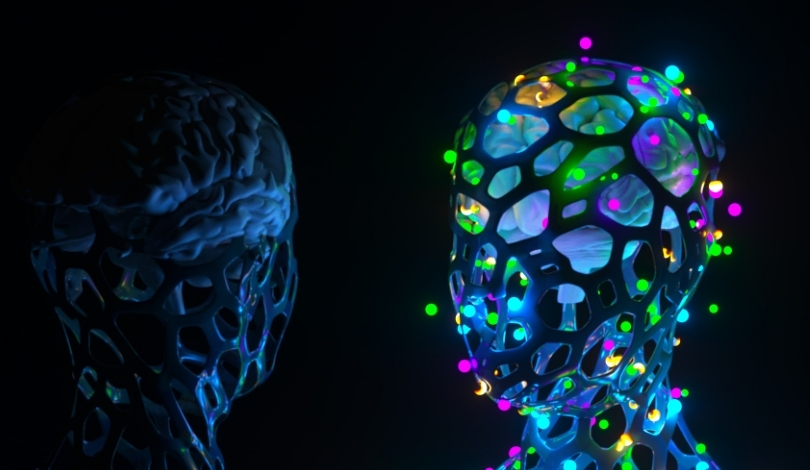Advanced Materials recently published an insightful article titled “Machine Learning-Enabled Tomographic Imaging of Chemical Short‐Range Atomic Ordering.” This piece outlines a study that leverages machine learning to overcome the resolution limitations of atom probe tomography. The research focuses on CoCrNi medium-entropy alloys and their atomic configurations, offering a precise imaging solution without requiring prior knowledge of the chemical short-range order (CSRO) or its type. The findings hold significant implications for material science, particularly in designing advanced materials with tailored properties.
Machine Learning Integration
Chemical short-range order (CSRO) in solids refers to the self-organization of atoms within specific crystal sites, which can significantly alter the mechanical and functional properties of materials. Despite its importance, quantifying the relationship between CSRO properties and their atomic configurations has been challenging. The study employed a machine learning-enhanced atom probe tomography (APT) to analyze CoCrNi medium-entropy alloys, providing a detailed three-dimensional analysis of CSRO.
The machine learning approach allowed researchers to mine near-atomically resolved APT data, exploiting the technique’s high elemental sensitivity. As a result, multiple CSRO configurations were revealed. These configurations were further supported by state-of-the-art Monte Carlo simulations, which provided a robust framework for understanding the formation mechanisms of CSRO in these alloys.
Quantitative Analysis and Implications
Quantitative analysis of the identified CSRO configurations enabled the establishment of relationships between processing parameters and physical properties of the materials. This detailed characterization paves the way for refining strategies in designing advanced materials. By manipulating atomic-scale architectures, researchers can now better tailor material properties to meet specific needs, potentially revolutionizing how materials are engineered for various applications.
In previous studies, researchers faced significant challenges in capturing the inherent complexity and variability of CSRO domains. The traditional methods lacked the precision and resolution needed for such intricate analysis. Earlier works often relied on indirect measurements and assumptions, limiting the depth of understanding and application of CSRO in material science.
Comparatively, the integration of machine learning in atom probe tomography represents a significant advancement. This approach not only enhances the resolution but also provides a comprehensive understanding of atomic arrangements in three dimensions. The ability to accurately quantify CSRO configurations enables more precise control over material properties, marking a notable improvement over previous methodologies.
The study demonstrates that machine learning can significantly enhance traditional material characterization techniques, offering a more nuanced and detailed understanding of atomic arrangements. For researchers and engineers, this means a greater ability to design materials with specific properties, tailored to the requirements of different applications. The implications of this research extend beyond CoCrNi medium-entropy alloys, potentially benefiting a wide range of material systems.










